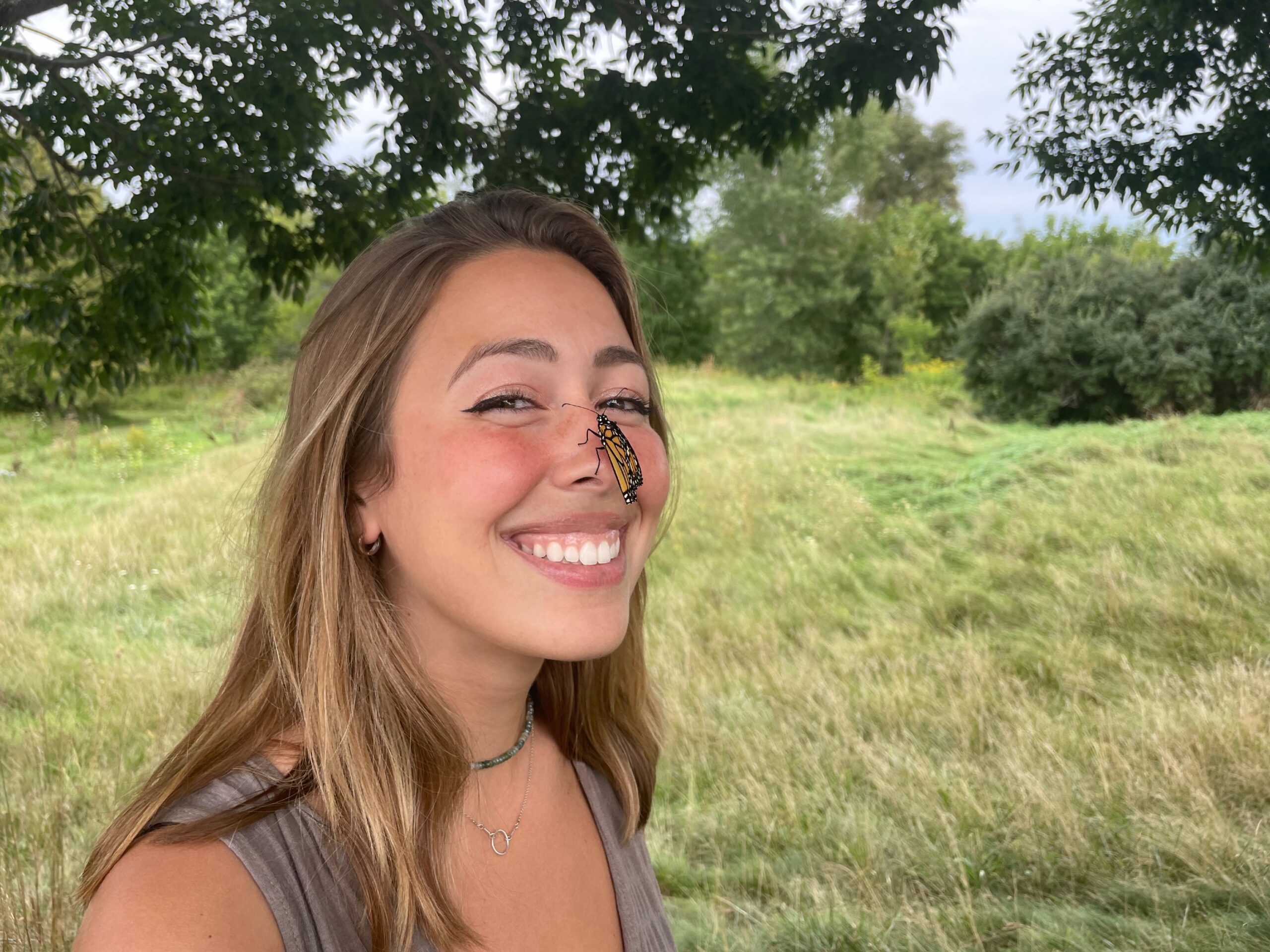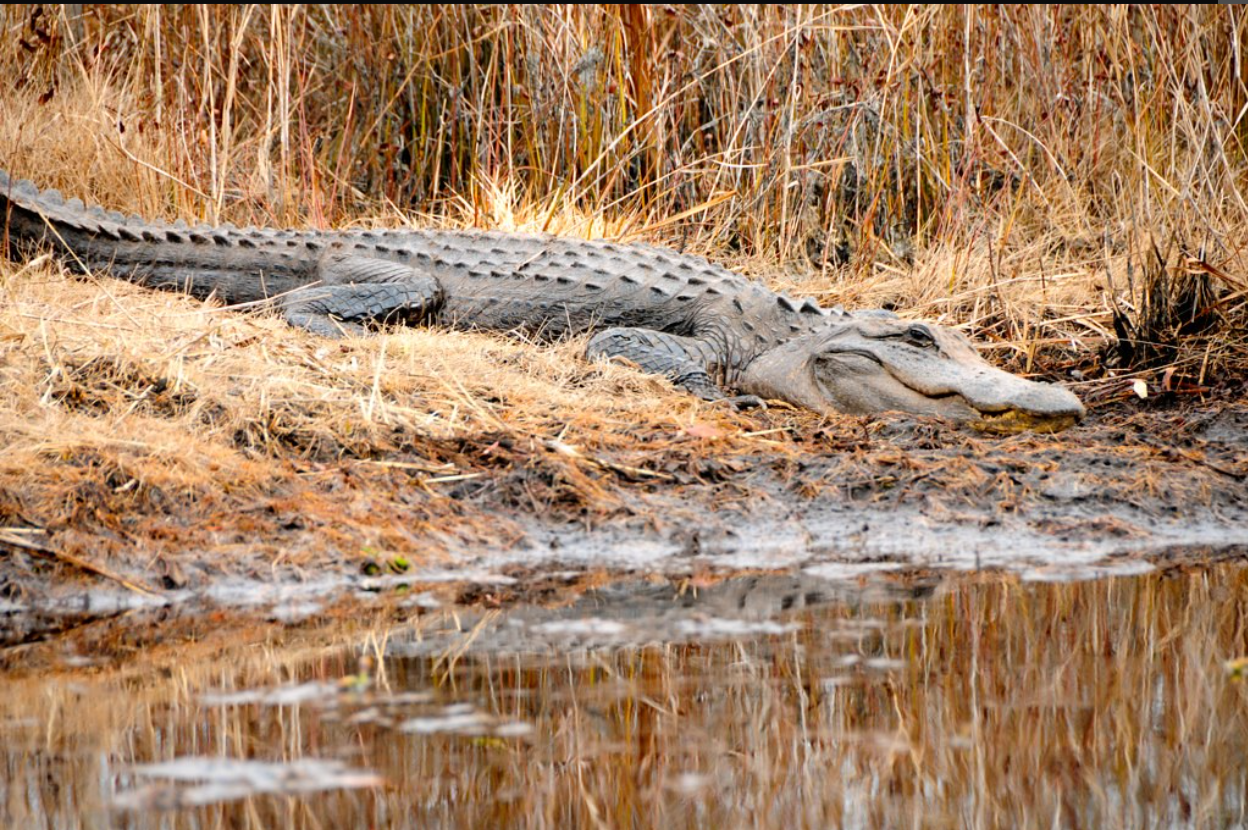Stretching over 438,000 acres, the Okefenokee Swamp is the largest blackwater wetland ecosystem on the North American continent. It is protected by the largest national wildlife refuge and the third largest wilderness area, respectively, east of the Mississippi River. The swamp is home to over 850 plant species and over 400 vertebrate species, many of which are threatened and endangered. The Okefenokee provides key habitat for wildlife such as wood storks and indigo snakes that have otherwise lost habitat due to land use changes, including urban development and agricultural expansion. Despite its significance, protections for the swamp have been waxing and waning for the last few decades. Amidst the U.S. Supreme Court’s Sackett decision, the U.S. Environmental Protection Agency (EPA) launching the biggest deregulatory action in its history, lax state regulations, and pending mining permit applications, the Okefenokee appears to be under threat again.
As a result of Sackett v. Environmental Protection Agency, wetlands once federally protected in the United States are now at risk of development. The Supreme Court ruling drastically narrowed the scope of wetlands protections under the Clean Water Act (CWA), leaving the majority of regulatory action up to the states. There are 24 states, including Georgia, that rely entirely on CWA and do not have any protections of their own in place for their wetlands. Restoring protections at the state level will require legislative action and will take time; potentially too much time, during which developers can take advantage of sites left vulnerable by the decision, such as the Okefenokee Swamp.
“American Alligator – Okefenokee Swamp – 013” by Siddharth_M_Sharma is licensed under CC BY-ND 2.0.
I had the privilege of speaking with Joshua Marks, Managing Partner of GreenMark Law, LLC, to learn more about the history and ecological importance of the Okefenokee Swamp. Marks also serves as the President of the nonprofit organization Georgians for the Okefenokee, and has advocated for Okefenokee Swamp protections for nearly 30 years. He has drawn attention to the rising concern of mining plans threatening the swamp’s integrity. Alabama-based Twin Pines Minerals, LLC, is attempting to mine Trail Ridge, an ancient dune that also serves as the refuge’s hydrologic boundary, for titanium to produce titanium dioxide. Titanium dioxide is a pigment and food additive that, among other things, is used to whiten the filling in Oreo Cookies.
It was banned by the European Union in 2022 due to safety concerns, but as of today, it is still widely used in the United States. Marks describes the plan, which Twin Pines first went public with in 2019, as a “multi-faceted threat” to “the 4 Cs” provided by the Okefenokee:
- Conservation: As previously mentioned, the Okefenokee Swamp hosts unparalleled species diversity, contributing to a healthy and balanced ecosystem. The proposed mining operation along Trail Ridge would reduce the already limited habitat that these species rely on for survival. As a result, we could see troubling declines in biodiversity in this area, and potentially local extinctions.
- Climate: Over 500 million tons of carbon dioxide equivalent are stored within the 15 ft-deep layers of peat under the Okefenokee’s wetlands. Mining on Trail Ridge will lower the swamp’s water level, exposing the peat, and increasing the risk of drought and wildfires that would release significant amounts of carbon dioxide into the atmosphere, contributing to the global issue of climate change.
- Culture: The Okefenokee Swamp is a sacred and ancestral homeland of the Muskogee (Creek) Nation, driven out of the area during the 19th century. Additionally, many facilities still utilized today within the Okefenokee were built by Black men employed within a segregated unit of the Civilian Conservation Corps. During segregation, the Okefenokee provided the African American community a haven to commune with nature.
- Commerce: The swamp serves as an economic engine for Georgia, hosting over 800,000 visitors and contributing $91.5 million to the economies of neighboring counties each year. Visitation is expected to double in 2026 pending the designation of the Okefenokee as a UNESCO World Heritage Site.
“Bittern Hiding in the Grass – Okefenokee Swamp” by Lee Edwin Coursey is licensed under CC BY 2.0.
The priceless benefits the Okefenokee provides us will be decimated if mining is allowed to move forward. During my conversation with Joshua Marks, he explained what exactly this level of operation would entail. To start, the “dry dragline” method that would be used for titanium extraction would require miners to dig 50 feet down into the ridge and pump out over 400 million gallons of shallow groundwater per year to access the minerals. In addition, over 500 million gallons of deep groundwater from the Floridan aquifer would be pumped to facilitate mine operations. The combined effect of this shallow and deep pumping will lower the swamp’s water level, triple the frequency of drought, damage wildlife habitat, and raise the risk of catastrophic landscape-level wildfires within the region.
“Map for Minor Expansion Proposal of Okefenokee National Wildlife Refuge” by the U.S. Fish and Wildlife Service.
The water pumped out of Trail Ridge cannot simply be returned to the area upon completion of the mining project. The water will become contaminated with metals, nuclear particles, and salts. Latent pollutants already present in the soil will become mobilized during the mining process. There are only two options for disposing of this contaminated water: discharging it back into the swamp and the St. Marys River, which will have catastrophic effects on human and wildlife health, or attempting to boil off the wastewater, which is bound to fail due to the Southeast’s steambath-like climate.
Advocates of the Twin Pines mining operation sing the praises of its short-term economic benefits, but they are ignorant of the long-term consequences, similar to President Trump’s push to “open up American forests” to unsustainable logging practices. Furthermore, Twin Pines has committed several violations of state law in its development of the project, and has violated laws in Florida and Georgia with other projects, according to Marks. Its poor track record has been compounded by the defective scientific analysis employed by the Georgia Environmental Protection Division (EPD), which is the agency with permitting responsibility over the project. This has called into question the project’s legitimacy as well as whether the agency is truly capable of “protecting” the environment, like its name would suggest.
“Okefenokee Swamp Trip” by Old Shoe Woman is licensed under CC BY-NC-SA 2.0.
Whether you are a student, a scientist, a concerned citizen, or a combination of the above, we must voice our opposition to this proposal and the questionable regulatory practices allowing it to move forward. There are several ways in which you can help make a difference:
- Sign this petition organized by the Georgia Student Swamp Coalition urging the Chemours Company NOT to buy minerals mined from Trail Ridge by Twin Pines or conduct mining itself next to the Okefenokee. The petition signatures will be sent to Chemours Chemical Company on Earth Day (04/22/2025).
- Write a letter to Georgia Governor Brian Kemp. If the EPD cannot be trusted to follow the law, Kemp should hold his agency accountable and instruct it to deny Twin Pines its mining permits. Governor Kemp has famously been dodging this issue for years. Tell Brian Kemp to follow the science, the law, and the will of the public; deny the mining permits; and instead work to protect Trail Ridge. Use the contact information listed here.
- Engage with your local representatives. Additionally, you can find more information about the Georgia House Natural Resources Committee here, as well as the Georgia Senate Natural Resources Committee here.
- Submit a comment on the Sackett decision. This can be done by navigating to docket number EPA-HQ-OW-2023-0346-0003 on the Regulations.gov website.
- Visit the Okefenokee Swamp! There are two ways that the swamp can be accessed: Okefenokee Swamp Park and Adventures, and the Okefenokee Swamp National Wildlife Refuge.
Graduate students Aurora Fowler, Valeria Aspinall, and MacKenzi Hallmark (pictured left to right) tabling for the UGA chapter of the Georgia Student Swamp Coalition. Photo by Madden Solomon.
About the Author
Madden (Maddy) Solomon is a PhD student in the Carver Lab Group at the University of Georgia's Odum School of Ecology. She is currently using Sarcoptic mange as a study system to identify primary mechanisms of pathogen transmission amongst mammals existing on an urbanization gradient. She is originally from upstate New York and received her bachelor's degree in conservation biology and public health from St. Lawrence University in 2022. Maddy is also a 2023 graduate of the Master's in Conservation Medicine program at the Tufts Cummings School of Veterinary Medicine. When she isn't nose-deep in her research, she can usually be found reading in a hammock with her cat, Felix, or hiking around Athens with her dog, Bodhi.
- Madden Solomonhttps://athensscienceobserver.com/author/madden-solomon-2/December 21, 2024






